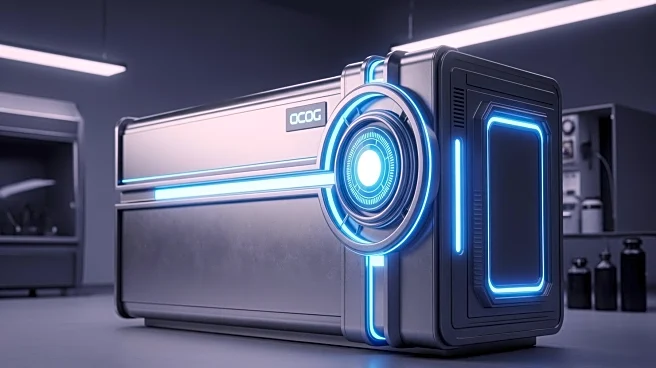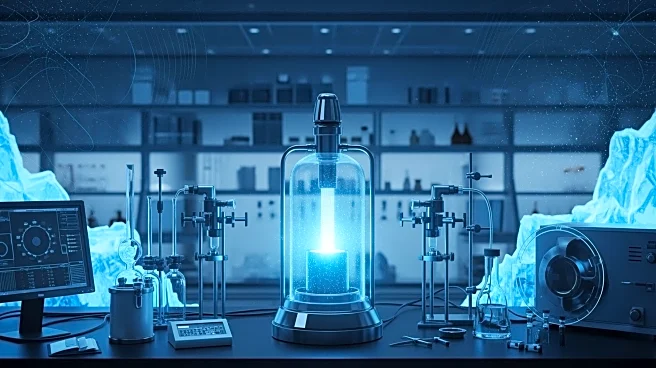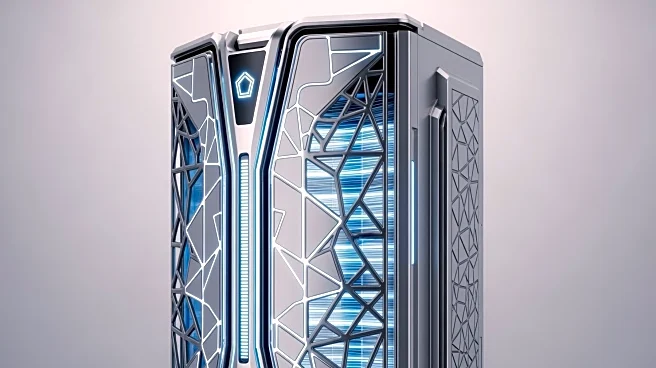What's Happening?
Researchers at the Lawrence Berkeley National Laboratory and the University of California, Berkeley have introduced a novel refrigeration method known as ionocaloric cooling. This technique utilizes the ionocaloric cycle,
which leverages the phase change of materials, such as the transition from solid ice to liquid water, to store or release energy. By incorporating salt to alter a fluid's phase, the system effectively cools its surroundings. The researchers have modeled this cycle to demonstrate its potential to surpass current refrigerants in terms of efficiency. The ionocaloric cycle aims to address the environmental concerns associated with traditional refrigerants, which often have high global warming potential (GWP). The team conducted experiments using iodine and sodium salts to melt ethylene carbonate, achieving a temperature shift of 25 degrees Celsius with minimal energy input. This development could significantly reduce reliance on hydrofluorocarbons (HFCs), aligning with international efforts to cut HFC production and consumption.
Why It's Important?
The introduction of ionocaloric cooling represents a significant advancement in refrigeration technology, with potential environmental benefits. Traditional refrigerants, such as HFCs, contribute to global warming due to their high GWP. The ionocaloric cycle offers a promising alternative that could mitigate these environmental impacts. By potentially achieving GWP zero or even negative, this technology aligns with global initiatives like the Kigali Amendment, which aims to reduce HFC usage. The successful implementation of ionocaloric cooling could lead to more sustainable refrigeration practices, benefiting industries reliant on cooling systems and contributing to climate change mitigation efforts. Additionally, the technology's ability to scale for commercial use could revolutionize both cooling and heating applications, offering a versatile solution for energy-efficient temperature regulation.
What's Next?
The next steps for the researchers involve transitioning the ionocaloric cooling technology from laboratory experiments to practical, scalable systems suitable for commercial use. This process will require further experimentation to identify optimal combinations of materials and techniques that meet engineering challenges. The team is exploring different salts to enhance the system's efficiency in drawing heat from spaces. As the technology progresses, it could become a viable alternative to current refrigeration methods, potentially transforming the industry. The researchers anticipate that ongoing investigations will refine the system's design, paving the way for widespread adoption in various applications, including heating.
Beyond the Headlines
The development of ionocaloric cooling not only addresses environmental concerns but also introduces a new thermodynamic cycle that integrates elements from diverse scientific fields. This interdisciplinary approach could inspire further innovations in energy-efficient technologies. The successful implementation of this system may also influence regulatory policies, encouraging the adoption of environmentally friendly refrigerants. As the technology matures, it could lead to shifts in industry standards, promoting sustainable practices across sectors reliant on temperature regulation.











